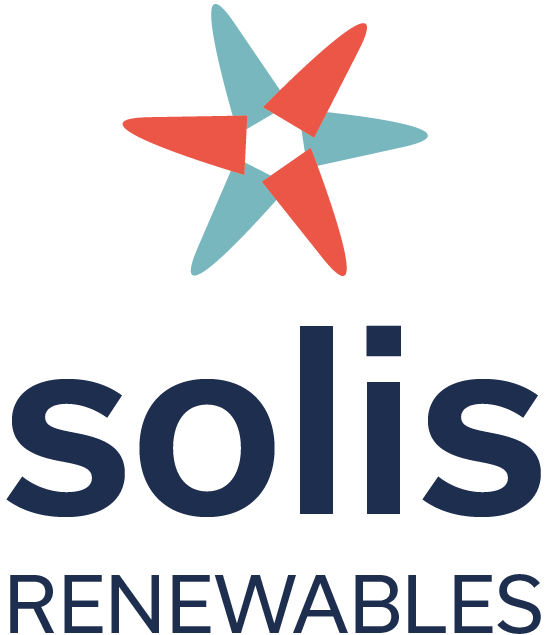How 'Synthetic' Community Solar Works: The Partnership Between Google and EDPR
Image Credit: Google
Google and renewable energy developer EDPR have announced a partnership to deliver the benefits of renewable energy through the development of community solar projects. Some in the industry are calling this structure "synthetic" community solar. One of Google's focuses with this community solar portfolio is to clean up the power it receives at its Ohio data centers.
EDPR will develop and build utility-scale amounts of community solar, 500 megawatts (MW), that can likely be interconnected to the grid faster than a utility-scale solar project. EDPR, as the project developer, will develop 500 MW of solar across roughly 80 community solar sites across PJM. The electricity Google receives will help it achieve its goal of around-the-clock renewable energy by 2030.
Project Structure
One-third of the solar project will be built in low and moderate-income communities (LMI), creating jobs and increasing tax revenues for these communities in addition to the lower electricity costs delivered by the solar projects. At a more granular level, here's how the structure works:
EDPR enters into a power purchase agreement to deliver 500 MW of distributed solar to Google.
Google receives renewable energy credits (RECs) from solar projects, and EDPR will sell the renewable electricity into the PJM wholesale market.
At least 10% of project revenues received by Google and EDPR will go towards LMI customers in the form of a bill credit, reducing the LMI customers' electricity costs.
Google will contribute Nest thermostats to extend customer savings through demand response and energy efficiency education.
A $12 million community investment fund (CIF) will invest in pre-weatherization for customers who qualify, to reduce their electricity costs over time.
Benefits of the Community Solar Portfolio
Splitting the 500 MW portfolio across roughly 80 community solar sites potentially addresses one of the largest barriers to renewable energy development - long interconnection queues. For example, PJM has the largest backlog of projects in its interconnection queue, compared to all U.S. grid operators, at 250 gigawatts (GW) according to Lawrence Berkeley National Laboratory (LBNL).
Building distribution generation solar projects could offer a way around the long backlog of projects in the interconnection queue. LBNL data shows that projects less than 20 MW, projects generally connecting at distribution voltage, generally are able to execute interconnection agreements faster than projects that are not distribution interconnection projects.
Conclusion
This partnership between Google and EDPR is an exciting development in the transition to renewable energy. It highlights the importance of investing in LMI communities and how community solar projects can be an effective way to tackle long interconnection queues. By reducing electricity costs and investing in pre-weatherization, this partnership has the potential to make renewable energy more accessible to more people.

